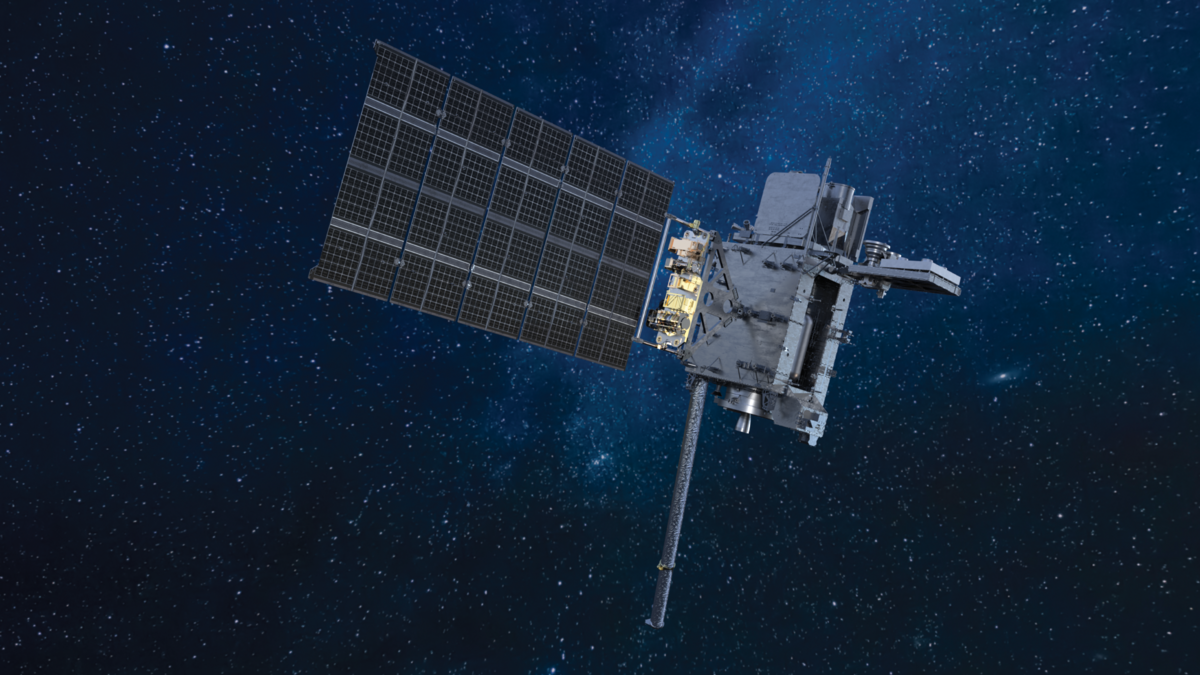Launch Date: June 25
Launch Window: 5:16pm EDT (2:16pm PDT, 21:16 UTC)
Launch site: LC-39A, Cape Canaveral, Florida
Side Booster Recovery: RTLS - LZ-1 and LZ-2
Core Booster Recovery: Expended
Boosters: Side Boosters: B1072.1 and B1086.1 Center Core: B1087.1
Mass: 5,000 kg (11,023 lb)
Orbit: GTO highly elliptical
Yearly Launch Number: 67
A SpaceX Falcon Heavy will launch the fourth and final satellite of the next-generation series of geostationary weather satellites for NASA and NOAA. GOES-U will orbit 22,300 miles above the equator to monitor weather conditions across the United States. The satellite will be renamed GOES-19 once it reaches its operational orbit. The Falcon Heavy’s two side boosters will return to Landing Zones 1 and 2 at Cape Canaveral Space Force Station for recovery. The center core will be expended.

This is the 10th Falcon Heavy launch.

Launch Window: 5:16pm EDT (2:16pm PDT, 21:16 UTC)
Launch site: LC-39A, Cape Canaveral, Florida
Side Booster Recovery: RTLS - LZ-1 and LZ-2
Core Booster Recovery: Expended
Boosters: Side Boosters: B1072.1 and B1086.1 Center Core: B1087.1
Mass: 5,000 kg (11,023 lb)
Orbit: GTO highly elliptical
Yearly Launch Number: 67
A SpaceX Falcon Heavy will launch the fourth and final satellite of the next-generation series of geostationary weather satellites for NASA and NOAA. GOES-U will orbit 22,300 miles above the equator to monitor weather conditions across the United States. The satellite will be renamed GOES-19 once it reaches its operational orbit. The Falcon Heavy’s two side boosters will return to Landing Zones 1 and 2 at Cape Canaveral Space Force Station for recovery. The center core will be expended.

This is the 10th Falcon Heavy launch.
Last edited:


